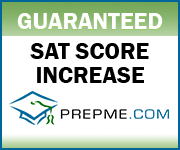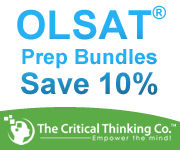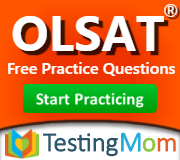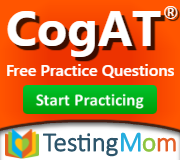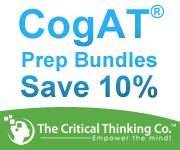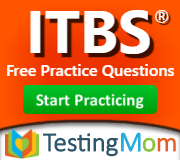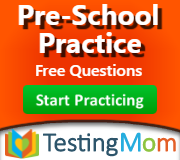Students are faced with hundreds, if not thousands, of tests throughout their educational careers. Tests may even begin before school actually starts with assessments that determine a child’s readiness for preschool or kindergarten.
Every student will face tests that review material taught in class, whether it is for English class, science class, reading class, math class or any other course. These tests are usually open-ended (fill in the blank), multiple choice or essay. Students generally have advanced-notice of the upcoming exam and will have materials for preparation. Independently-published study guides are also available to students who need extra help.
Students who elect to attend a private school often are required to take an admission exam. These exams tend to be multiple choice, and are often administered on a computer at the school to which the student is seeking admission.
In high school, students who plan to attend college will begin taking college assessment exams. Such exams are multiple choice, administered as either paper-and-pencil exams or computerized and are hosted at the student’s school. Some exam scores are used to offer scholarships, while others are used to determine if a student should be admitted to their college of choice. Students can find a plethora of study guides, workshops and other programs to help boost their scores on these kinds of exams.
While many students elect to take national assessment exams, some colleges administer their own assessments to students during the admission process. Often, these exams are used more for course placement than they are for admission. Admissions personnel can determine from a student’s answers how likely they are to succeed at certain course levels.
Finally, exams continue even after college for students who wish to pursue graduate- or professional-level education. Most post-graduate programs have their own admission exams that are specific to the program of study..
2023 Edition

